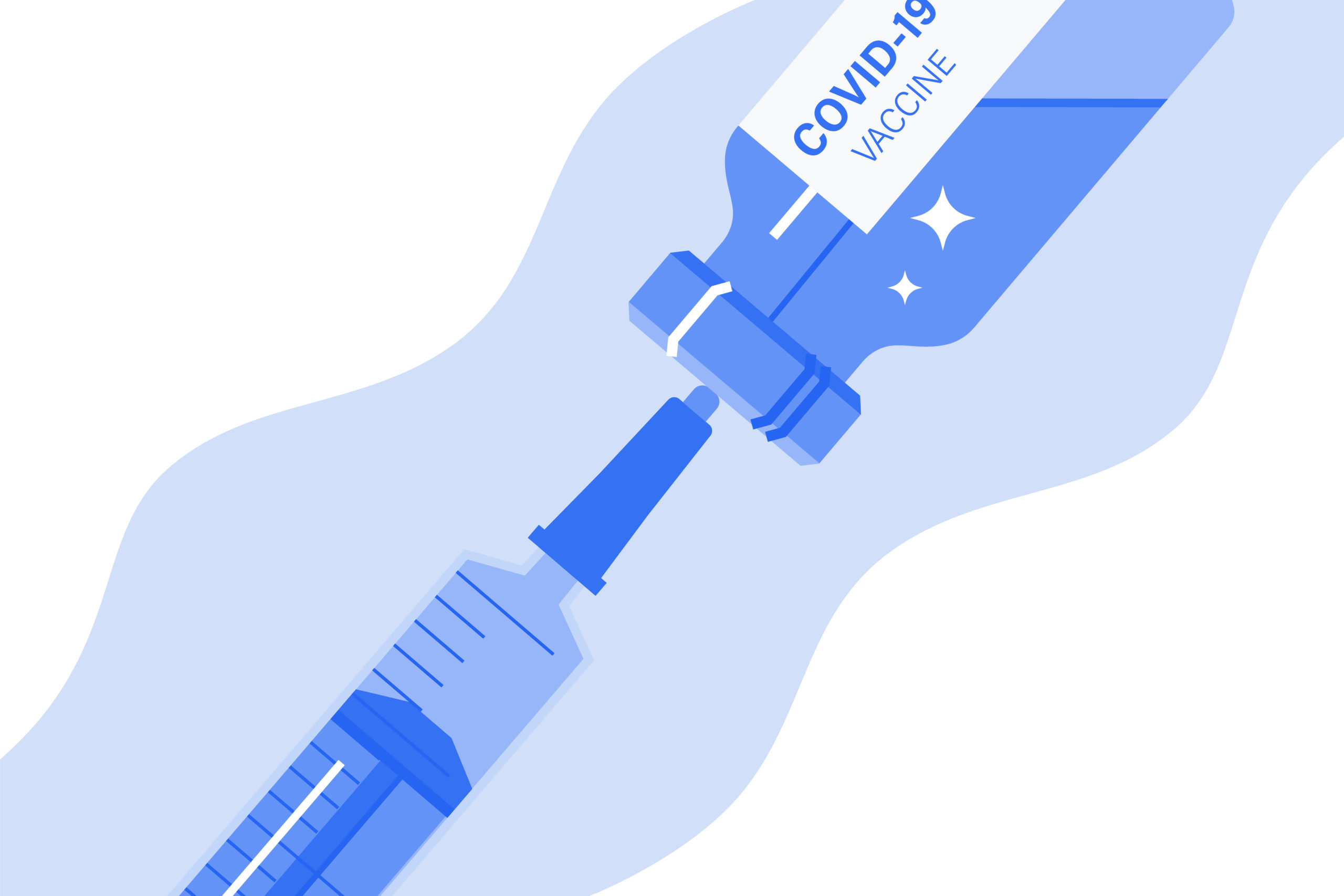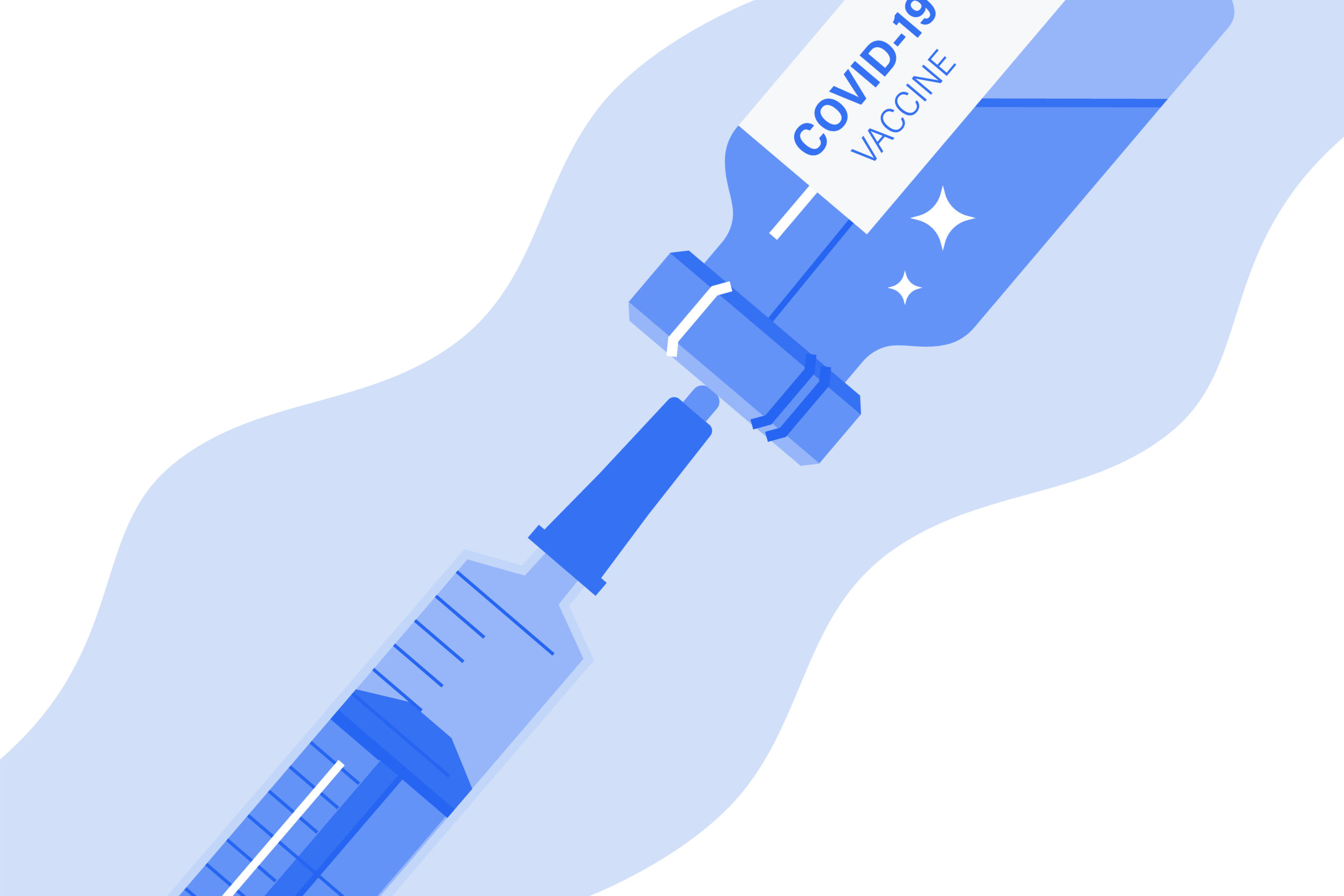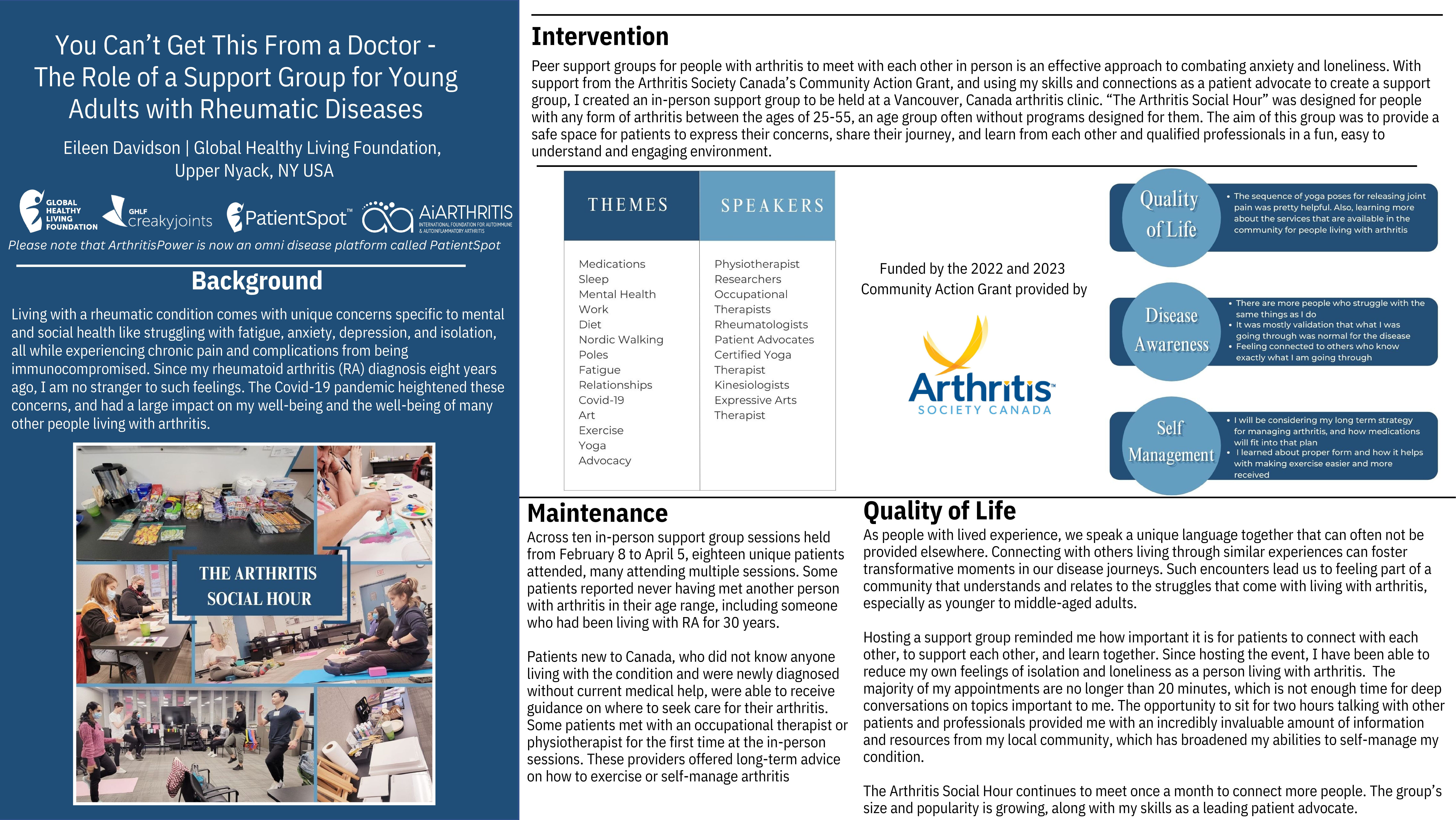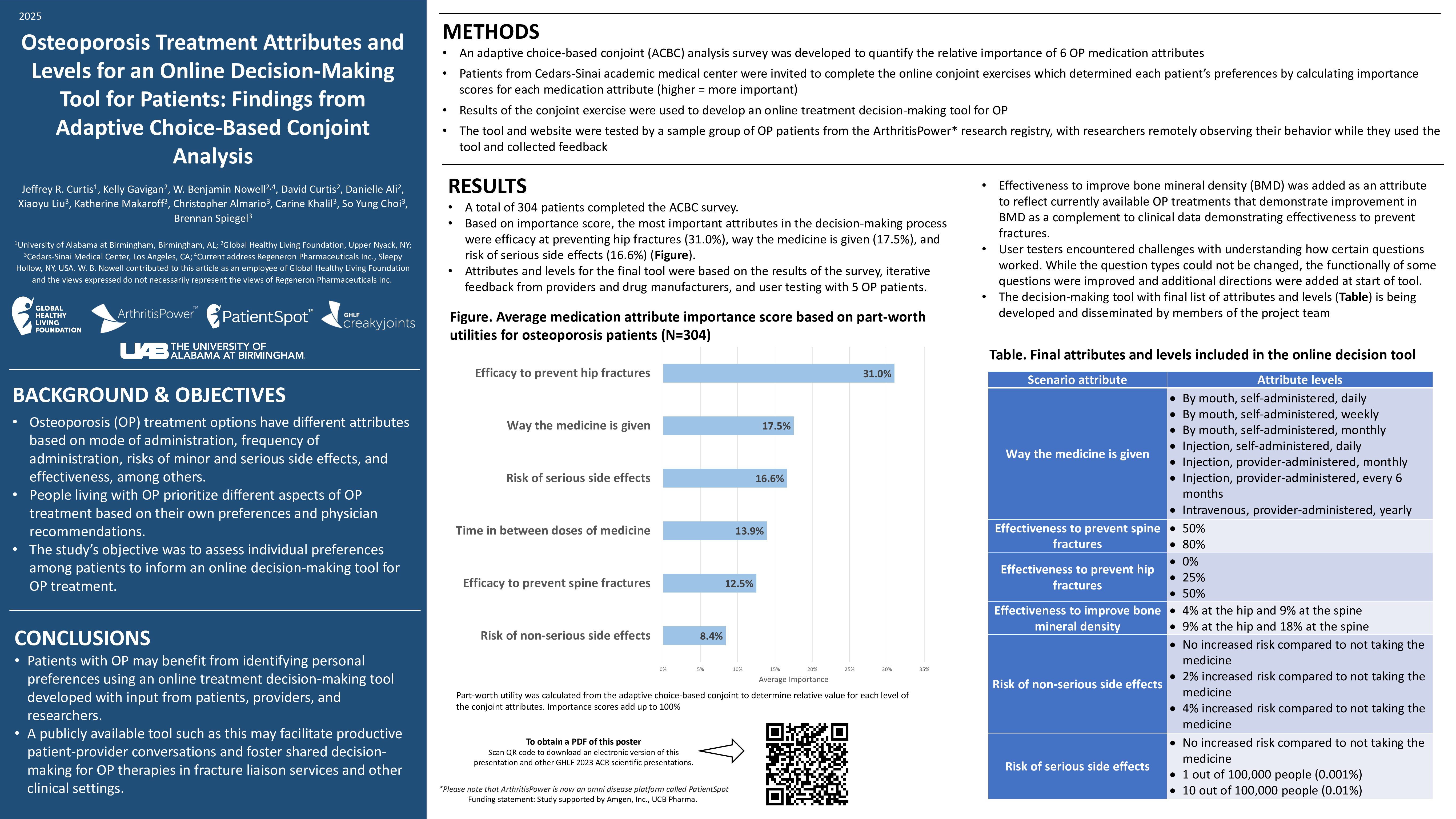Presented by:
- Susan Nowell, PT, DPT, OCS at ACE Physical Therapy & Sports Medicine
When you live with chronic pain caused by arthritis, physical therapy may be recommended as a way to manage pain and improve physical function and mobility. In this webinar, Dr. Nowell explains what physical therapy is, how it can help with chronic pain, and what to consider when deciding on a physical therapy program. Dr. Nowell also shares some easy-to-follow stretches that may help you over time.
Fast Facts from the Webinar
1. Physical therapy is multimodal treatment for people who have been immobilized or impaired in their movement, flexibility, strength, physical performance, and/or function.
Physical therapy can help reduce the symptoms associated with acute or chronic musculoskeletal conditions: chronic joint pain, fatigue, stiffness, joint inflammation, weakness, unsteady or altered gait, balance problems, and unintended weight gain.
It may be used as a standalone treatment option or in conjunction with other forms of treatment.
2. Patients are active players in physical therapy.
To get the most from your physical therapy sessions, it helps to be clear about your symptoms and how pain is affecting your quality of life. It is important to share thorough information about your condition or injury and your pain story so that your therapist can create the most optimal treatment plan for you.
During your session, you can expect to have a thorough physical exam which includes: evaluation of your posture, range of motion, flexibility, muscle strength, walking function, balance, and sports performance.
3. Physical therapy occurs both inside and outside of the clinic.
Physical therapy happens in two settings: inside and outside of the clinic. Therapy in both settings are important for your treatment to be successful. Physical therapy in-clinic will include some of the following treatments:
- Exercises (stretches, balance training, etc.) guided by your physical therapist or aide
- Ultrasounds
- Heat or ice
- Traction
- Joint mobilization
- Massage
- Electrical stimulation (TENS or NMES)
- Iontophoresis (used to deliver medication through mild electric currents on the skin)
- Laser or light therapy
- Taping
- Whirlpool/aquatic therapy
During your in-clinic therapy sessions, your therapist will give you “homework” as part of care plan. “Homework” is done outside of the clinic and can include a combination of things, including:
- Exercise
- Non-pharmaceutical inflammation management recommendations (sleep hygiene, stress relief tools, healthy diet, icing, taping and bracing)
- Ergonomic recommendations (computer station setup, postural supports for healthy sitting or sleeping posture, adaptive equipment for activities of daily living)
Consistency is an extremely important aspect of your physical therapy journey, even after you have completed your sessions.
4. Be patient.
Physical therapy is effective, but it can take time to see results. Dr. Nowell recommends an eight-week therapy course, as it takes about eight weeks to change the strength of muscles groups in the body and to improve mobility. However, treatment plans vary based on your symptoms and conditions. You can often see benefits and improvements in pain within two to four weeks of starting your therapy sessions but be patient with your pain and your body. Change takes time.
Get Involved in Arthritis Research
If you are diagnosed with arthritis or another musculoskeletal condition, we encourage you to participate in future studies by joining CreakyJoints’ patient research registry, ArthritisPower. ArthritisPower is the first-ever patient-led, patient-centered research registry for joint, bone, and inflammatory skin conditions. Learn more and sign up here.










